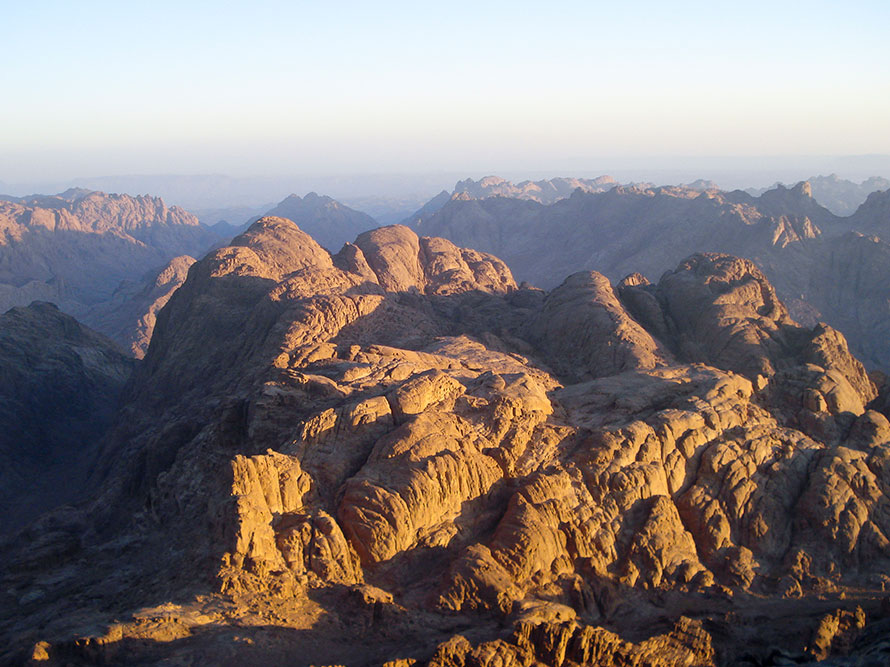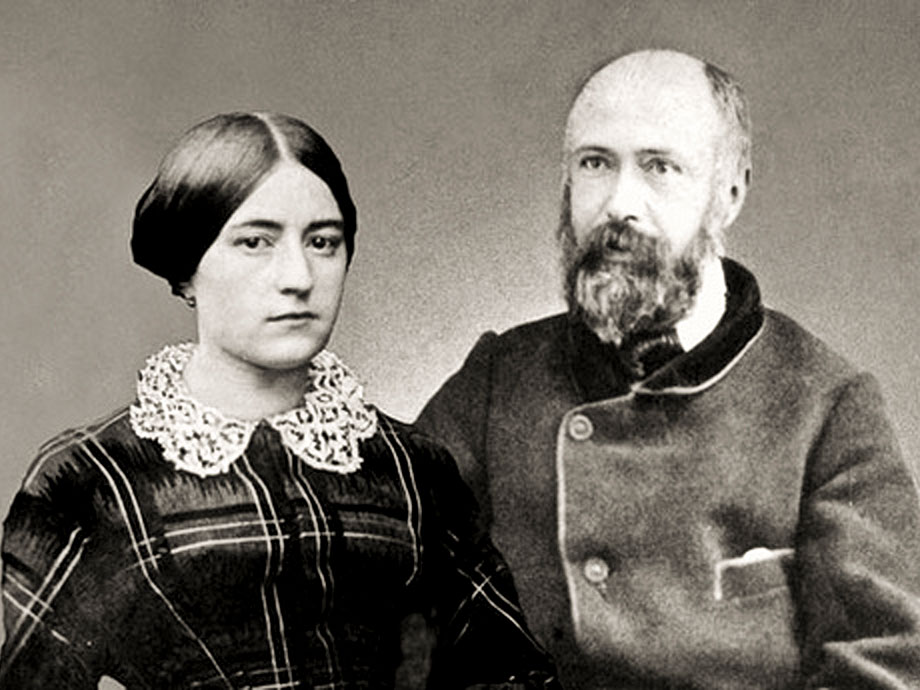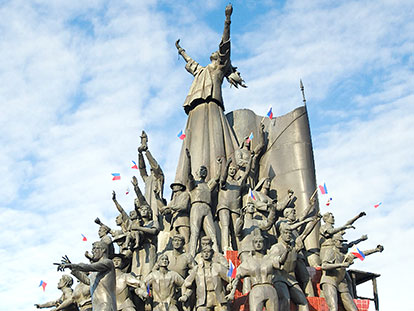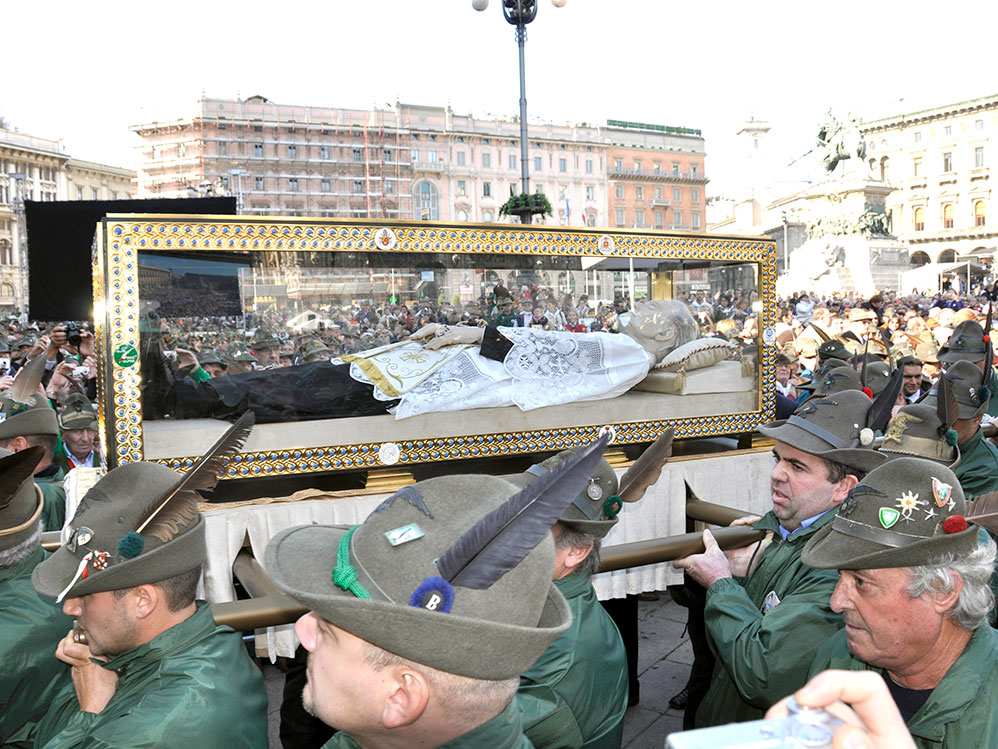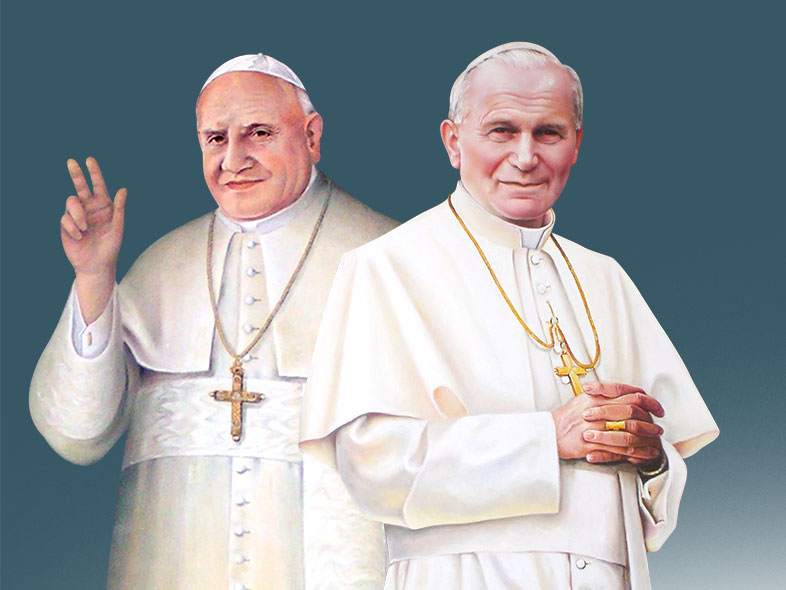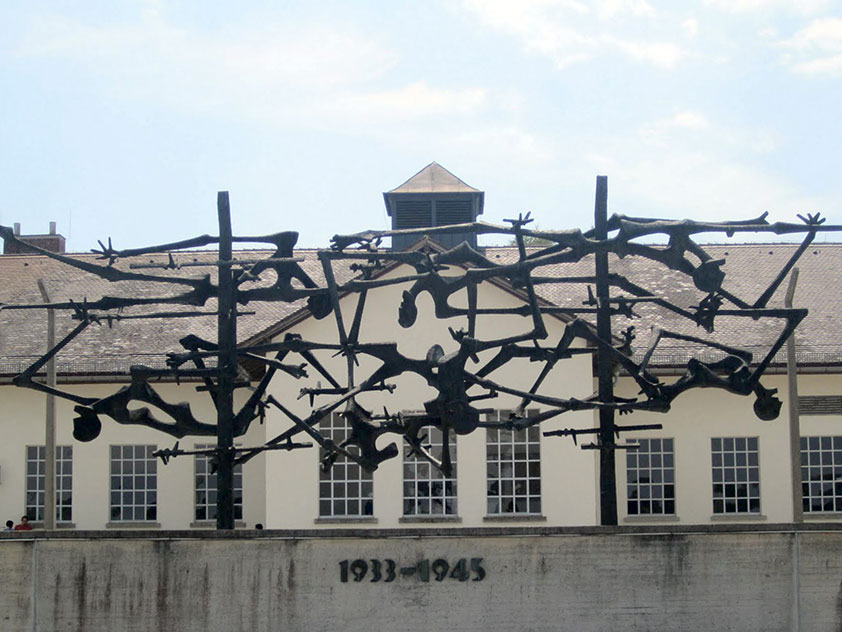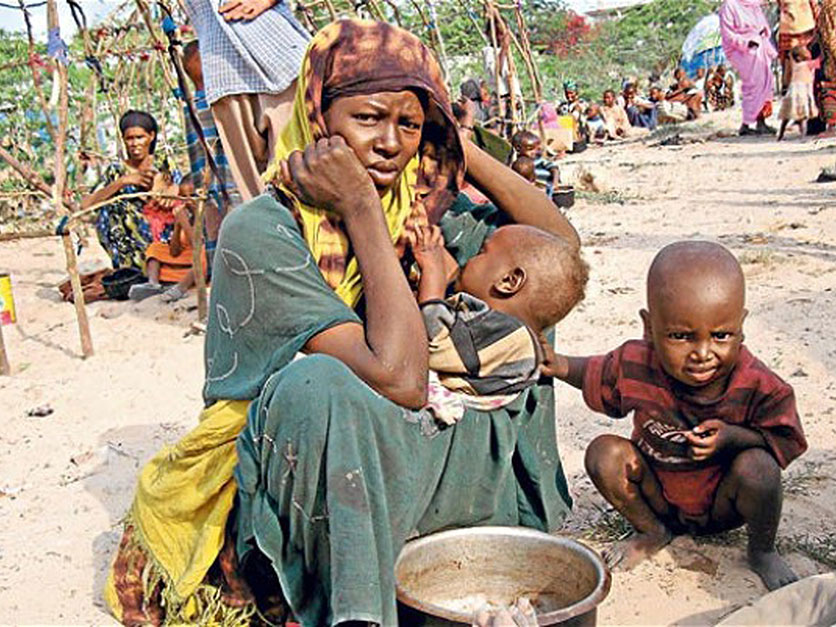On April 27, Pope Francis will declare the two popes, John XXIII and John Paul II, saints. Angelo Giuseppe Roncalli (1881-1963) was already 77 when he was elected pope and took the name of John XXIII. Because of his advanced age and his grandfatherly yet captivating bonhomie, many thought he would be a “transitional” pope. Instead, with the unexpected announcement of the Second Vatican Council, he opened a window in the Church for the “winds of the Spirit” to enter and gave rise to the greatest religious event of the 20th century. On the other hand, Karol Jozef Wojtyla (1920-2005), throughout his 27-year pontificate, was seen as a global champion. While keeping the Church on a steady course, he performed some of the most original and forward-looking gestures in connection with the great challenges of our time: ecumenism, dialogue between religions, commitment to peace and even geo-politics, contributing to the fall of Communism. Both popes died under the full scrutiny of the world. The spectacle of their saintly deaths revealed the incredible, universal love they had attracted to themselves. By canonizing two popes with very different personalities at the same time, Pope Francis is emphasizing the unifying characteristic that made the two commit themselves to the good of the Church and, especially, to the cause of the Second Vatican Council – their holiness. Through this act, Pope Francis is implicitly telling the Church that it is this same holiness that will solve her increasingly grave and delicate problems, today and in the future.
